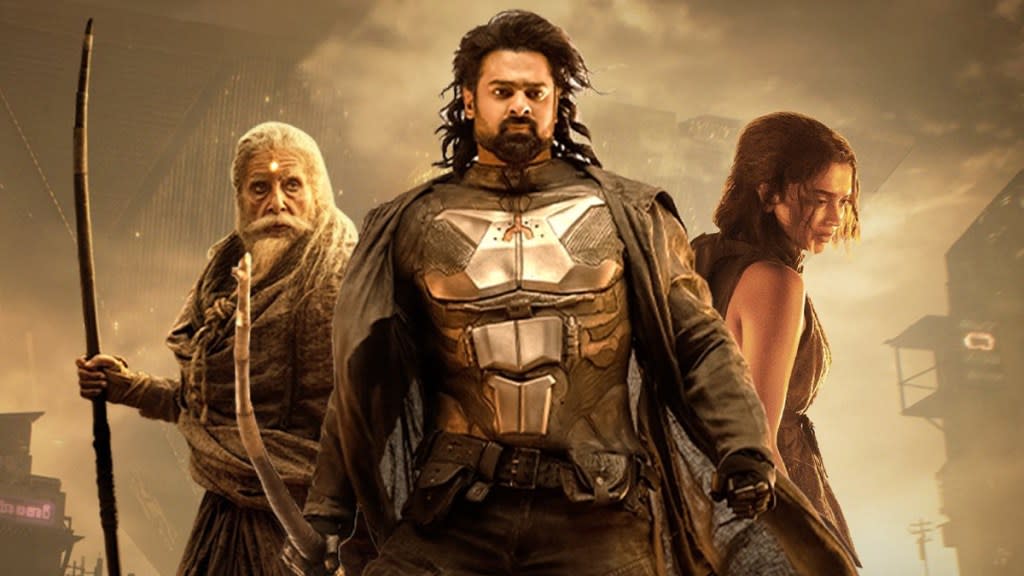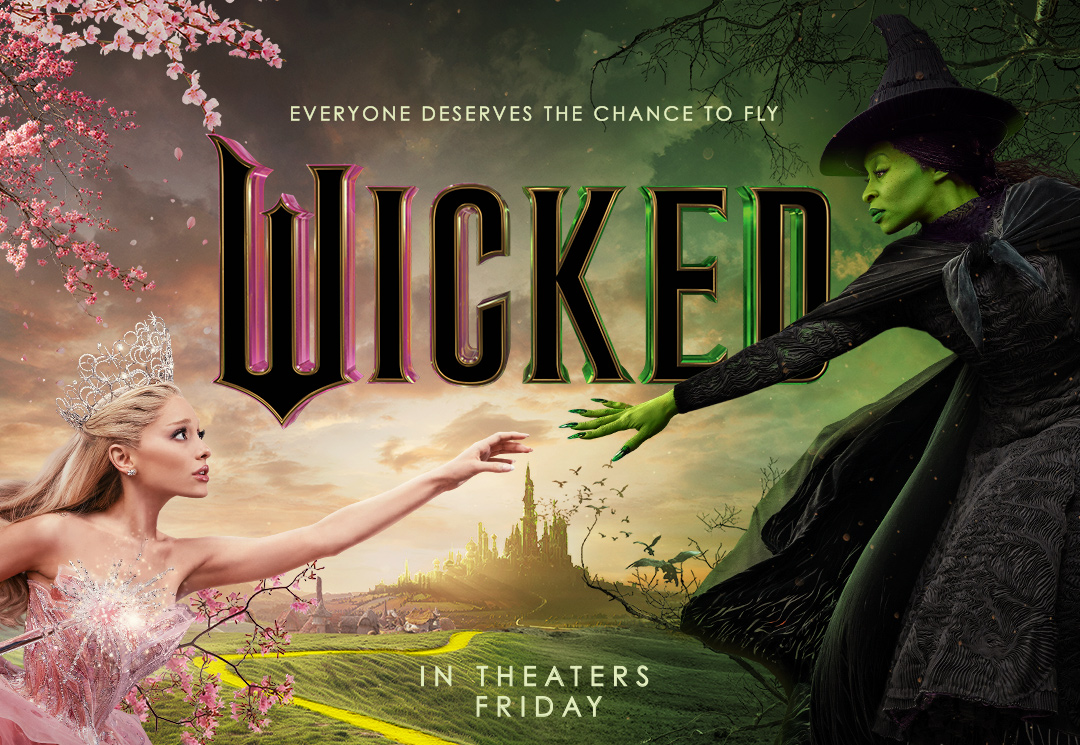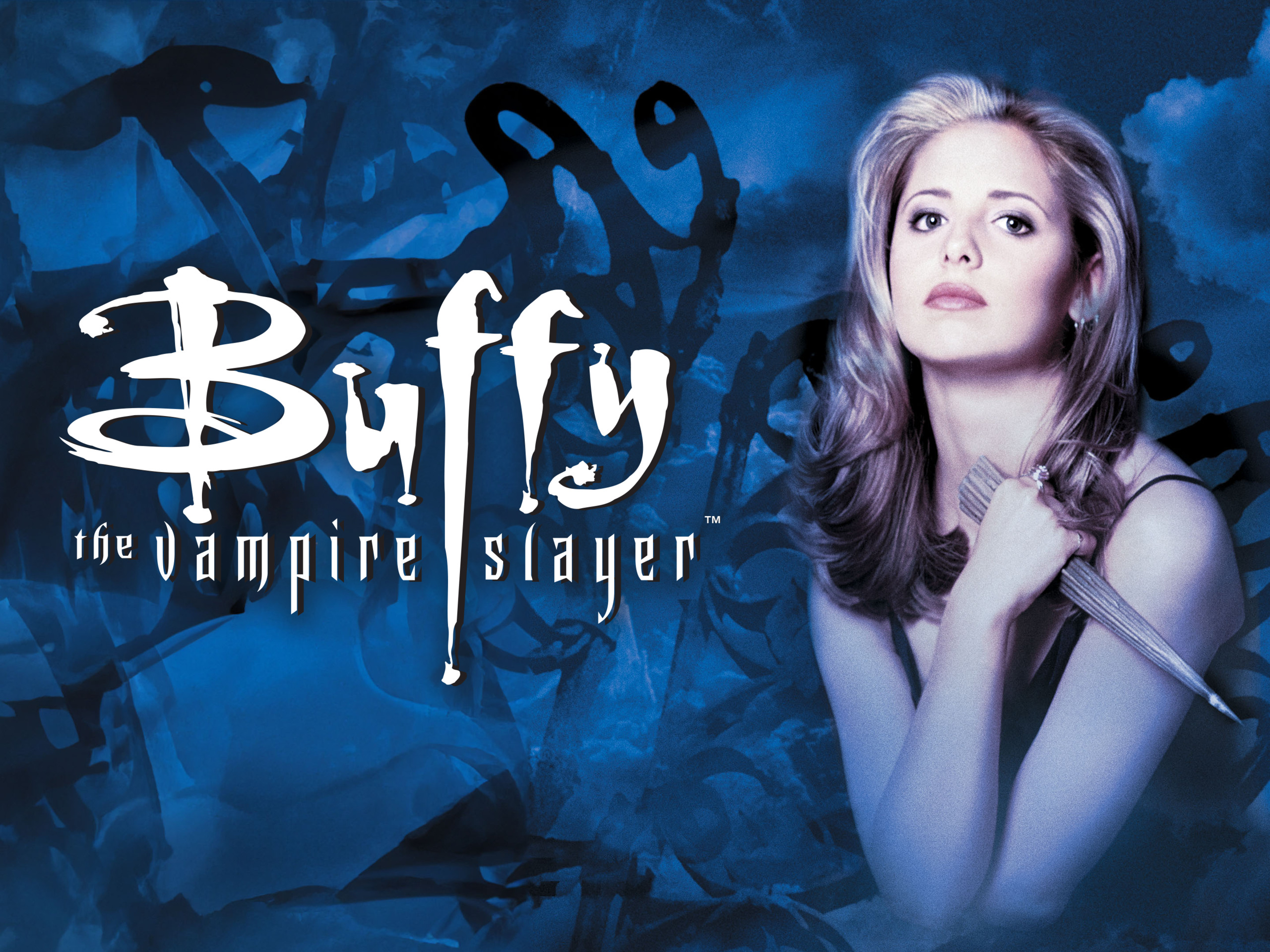From 80 years of Superman to headline-making publishing initiatives, DC Entertainment will reveal further details regarding its innovative new imprints alongside the industry’s biggest artists and writers, as well as unfold a celebration for the record breaking “Action Comics #1000” at WonderCon, taking place in Anaheim on March 23-25.
Pop culture history will be made when the series that launched the superhero genre and introduced Superman to the world, “Action Comics,” reaches its landmark 1000th issue. From the return of the red trunks to eight decades of hope, optimism and adventure, the DC’S “Action Comics 1000”: Celebrating 80 Years of Superman panel will not just celebrate the history of the legendary Super Hero, but discuss why Superman is needed now, more than ever before.
Plus, WonderCon will debut the first ever “DC All Access” live broadcast of the DC Publishers panel. Live from Anaheim on Saturday, March 24, the special 90-minute panel headlined by Jim Lee and Dan DiDio will feature a trove of surprise guests. Be there as the DC Publishers share their bold editorial vision that promises to expand readership like never before. Fans not attending WonderCon can watch the Livestream on the DC YouTube channel or on the DC Comics Facebook page.
DC’s expansive booth (#1101) will be a must visit for fans, hosting various exhibits showcasing DC’s world class characters, fan giveaways, and more. The booth will also host a packed signing schedule including appearances from Jim Lee alongside Alex Sinclair, bestselling writer Scott Snyder (“Dark Nights: Metal”), the producers and writers behind the hit new CW series “Black Lightning,” the voice cast behind Cartoon Network’s “Teen Titans Go!,” the “Constantine” animated series from CW Seed and the forthcoming Warner Bros. Home Entertainment releases “Suicide Squad: Hell To Pay” and “Batman Ninja.” VIP signings are only available through WonderCon’s online Exclusive Portal at https://www.comic-con.org/wca/exclusive-signings. The final day of eligibility for VIP signings is Wednesday, March 14.
Across the aisle, the Graphitti Designs booth (#1001) will also feature a collection of rare, limited edition silver foil variant issues of DC’s hottest comics featuring covers by Mikel Janin (“Batman #43”), Stanley “Artgerm” Lau (“Supergirl #19”) and Mitch Gerads (“Mister Miracle #7”). All comics are priced at $15 each, bagged and boarded and available while supplies last.
From bestselling series to iconic characters, DC’s WonderCon programming features a collection of must attend panels (panelists and panel times are subject to change).
Friday, March 23:
5:30-6:30 p.m. DC “Action Comics”: Celebrating 80 Years of Superman – As the longest-running superhero comic series in history reaches its millennial milestone, contributors to the star studded issue of “Action Comics #1000” include “Action Comics” creative team Dan Jurgens and Norm Rapmund, DC Publisher Jim Lee, Jason Fabok (“Man of Steel” miniseries), Alex Sinclair and Marv Wolfman will join fans in a celebration of eight decades of enduring hope, optimism and adventure from the most iconic Super Hero of all time – Superman. Room: North 200B
Saturday, March 24:
10:00-11:30 a.m. DC Publishers – Streaming live from WonderCon to fans around the country, DC Publishers Jim Lee and Dan DiDio will highlight key initiatives that have made DC the talk of the industry. The first few months of 2018 alone has produced two new imprints for young adult readers, The Sandman Universe line of comics overseen by Neil Gaiman, DC Black Label imprint, featuring a collection of edgy, provocative graphic novels and comic books, a new editorial team for iconic MAD Magazine and more. Some of the biggest names in publishing will take the stage with Jim and Dan to discuss how DC will elevate its iconic Super Heroes to a level never before reached. Room North 156
3:30 – 4:30 p.m. DC Universe – Featuring action-packed series that have enraptured fans and garnered critical acclaim, join some of the creative minds bringing DC Universe’s world class roster of iconic Super Heroes to life, including Mitch Gerads (“Mister Miracle”), Julie Benson and Shawna Benson (“Batgirl and The Birds of Prey”), Liam Sharp (“The Brave and The Bold: Batman and Wonder Woman”), Josh Williamson (“Justice League: No Justice,” “The Flash”), and more for a compelling dive into the most talked about series in comics. Room: North 200B
5:00-6:00 p.m. DC Super Hero Girls – Making headlines for chart topping sales, the wildly popular franchise aimed at young girls is taking the world by storm and introducing DC’s iconic characters to a new generation of fans. Anais Fairweather, who stars as Supergirl in the “DC Super Hero Girls” animated series, will join writer Shea Fontana, artists Monica Kubina and Yancey Labat and editor Marie Javins to discuss how the franchise, with its books, animated series and action figures, continues to enthrall parents and kids alike while giving its young fans superhero confidence. Room: 210
Sunday, March 25:
10:30 – 11:30 p.m. DC – Art Academy – Home to some of the most talented artists working in comics today, panelists including Dan Jurgens (“Action Comics”), Yancey Labat (DC Super Hero Girls), Chris Uminga (DC Artists Alley line) and more will offer a special look into their visual approach in shaping some of DC’s most celebrated Super Heroes. Room: 210
1:30-2:30 p.m. MAD – Featuring new faces and all-star contributors, the panel will give a sidesplitting preview of what’s to come in the world of MAD. Executive Editor Bill Morrison will be joined by legendary cartoonists and illustrators Tom Richmond and Sergio Aragones, new contributors Bob Fingerman, Luke McGarry and more for a laugh out loud look at the future of MAD. Room: 213
For a complete list of signings and panels, behind the scenes coverage and in-depth interviews directly from DC’s web series, “DC All Access,” download the “DC All Access” mobile app. The app is available for free at the Apple App Store or the Google Play Store.

Streaming
Salaar: Part 1 – Ceasefire

directed by Prashanth Neel, brings a bold and gritty spectacle to the big screen, marking a triumphant return for Prabhas in an action-heavy role. Known for his high-energy, raw style (seen in KGF), Neel continues his signature approach here, blending intense action scenes with grandiose settings reminiscent of epic sagas like Game of Thrones. The film revolves around Deva (Prabhas), a powerful yet calm figure with a complex past, and his involvement in a politically charged power struggle with Prithviraj Sukumaran’s character Varadha. This layered storyline introduces us to the fictitious city of Khansar, where betrayals and power dynamics keep viewers on edge.
Critics generally appreciate Prabhas’s magnetic performance, noting that he captures the larger-than-life heroism he’s celebrated for since Baahubali. His portrayal, paired with intense fight choreography, keeps the audience engaged, particularly during standout sequences that elevate the film’s dramatic intensity. Prithviraj’s character as Deva’s friend adds an intriguing dynamic, though Shruti Haasan’s role feels underused. While fans of action-packed cinema and Prabhas’s iconic style will enjoy the exhilarating visuals and powerful cinematography, some critics feel the plot loses momentum in the second half, with multiple subplots that dilute its emotional depth. The story is intentionally left open-ended, setting the stage for Salaar: Part 2.
Overall, Salaar is an ambitious action film that will satisfy fans of Prabhas and high-octane spectacles. However, those seeking a tight narrative or deep emotional connections might find it lacking. I’d rate it 3.5 out of 5 stars—a solid experience for action enthusiasts, with room for a more focused storyline in its sequel.
Streaming
Review of Kalki 2898 AD on Netflix

Review of Kalki 2898 AD on Netflix
Rating: (4/5)
Kalki 2898 AD, directed by Nag Ashwin, is a visually ambitious sci-fi film featuring an ensemble of Indian cinema legends, including Prabhas, Amitabh Bachchan, and Deepika Padukone. The film is set in a dystopian future with a storyline that weaves mythology and science fiction, creating a unique cinematic experience for viewers.
The film’s narrative unfolds in a futuristic society where technology and ancient themes intersect. It begins with an immersive setup that introduces us to Prabhas’ character, Bhairava, who grapples with complex moral and existential questions in a world marked by political and ethical turmoil. Although the pacing can feel slow in parts, especially as it establishes the mythological underpinnings, the intensity and scope build significantly as the story progresses.
One of the most captivating aspects is the stunning visual effects. The production team, with a budget reportedly over 400 crore INR, utilized advanced CGI to craft expansive landscapes, dramatic space battles, and futuristic cityscapes that resemble scenes from Hollywood sci-fi giants. The action sequences, particularly those featuring Bachchan, stand out with their thrilling choreography and careful dramatic build-up. These sequences balance between traditional Indian cinema stylings and Hollywood’s polished sci-fi tropes.
While Kalki 2898 AD relies heavily on genre conventions, it manages to bring a fresh twist by blending mythological symbolism with modern sci-fi elements. However, some may find the film’s narrative occasionally predictable, and the focus on visual spectacle occasionally overshadows character development. Yet, the powerhouse performances from the lead cast, particularly Bachchan and Padukone, provide the emotional depth needed to keep audiences engaged.
In summary, Kalki 2898 AD is an impressive venture into the sci-fi genre for Indian cinema, successfully balancing myth with high-tech fantasy. While not without flaws, it’s an enjoyable and bold cinematic experience that’s worth a watch for fans of both Indian mythology and science fiction.
Movie
Gladiator 2 Builds On The Legacy Of Its Predecessor,

Gladiator 2 builds on the legacy of its predecessor, delivering a captivating story that honors the original while forging a compelling new path. The cast shines in their roles, with Paul Mescal delivering a powerhouse performance as Lucius, the now-grown son of Maximus. Mescal captures a blend of vulnerability and strength, embodying a character driven by both honor and revenge. Alongside him, Denzel Washington commands the screen, adding gravitas and depth to a key supporting role
The screenplay is a triumph, keeping the audience engaged at every turn. While the overarching story gives you a sense of where it’s headed, the journey remains unpredictable, and packed with twists. The film balances themes of legacy, vengeance, and redemption, weaving them seamlessly into the narrative.
Action sequences, particularly the gladiatorial combat, are visually pleasing. The fights are brutal and visceral, with just enough gore to feel authentic without veering into excess. Visually, Gladiator 2 is stunning. The production design, cinematography, and score come together to create a visceral and immersive experience.
As a follow-up to a beloved classic, Gladiator 2 meets expectations, proving to be both a thrilling spectacle and a worthy successor. It’s a 9/10—a tale of honor and legacy.



